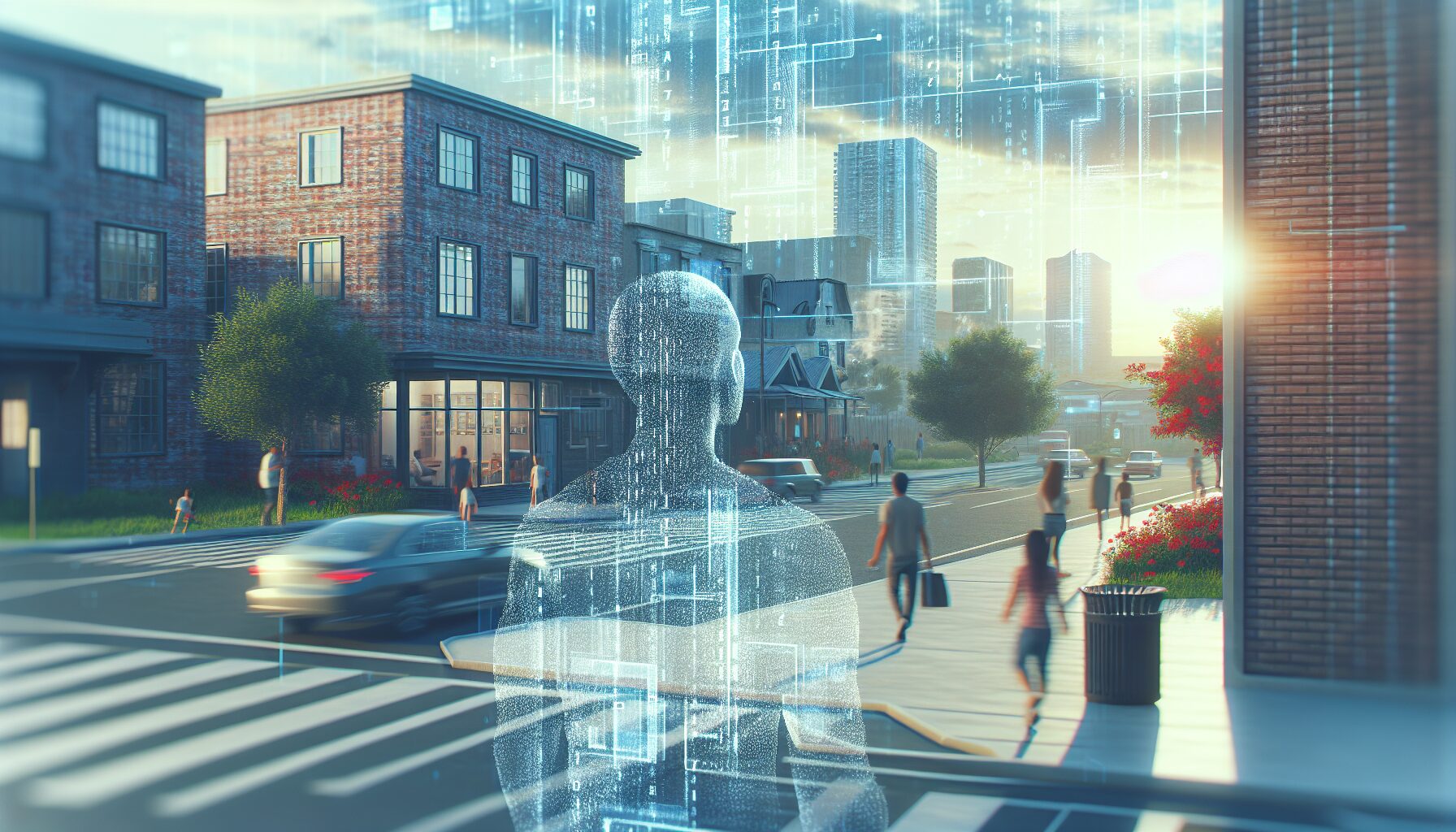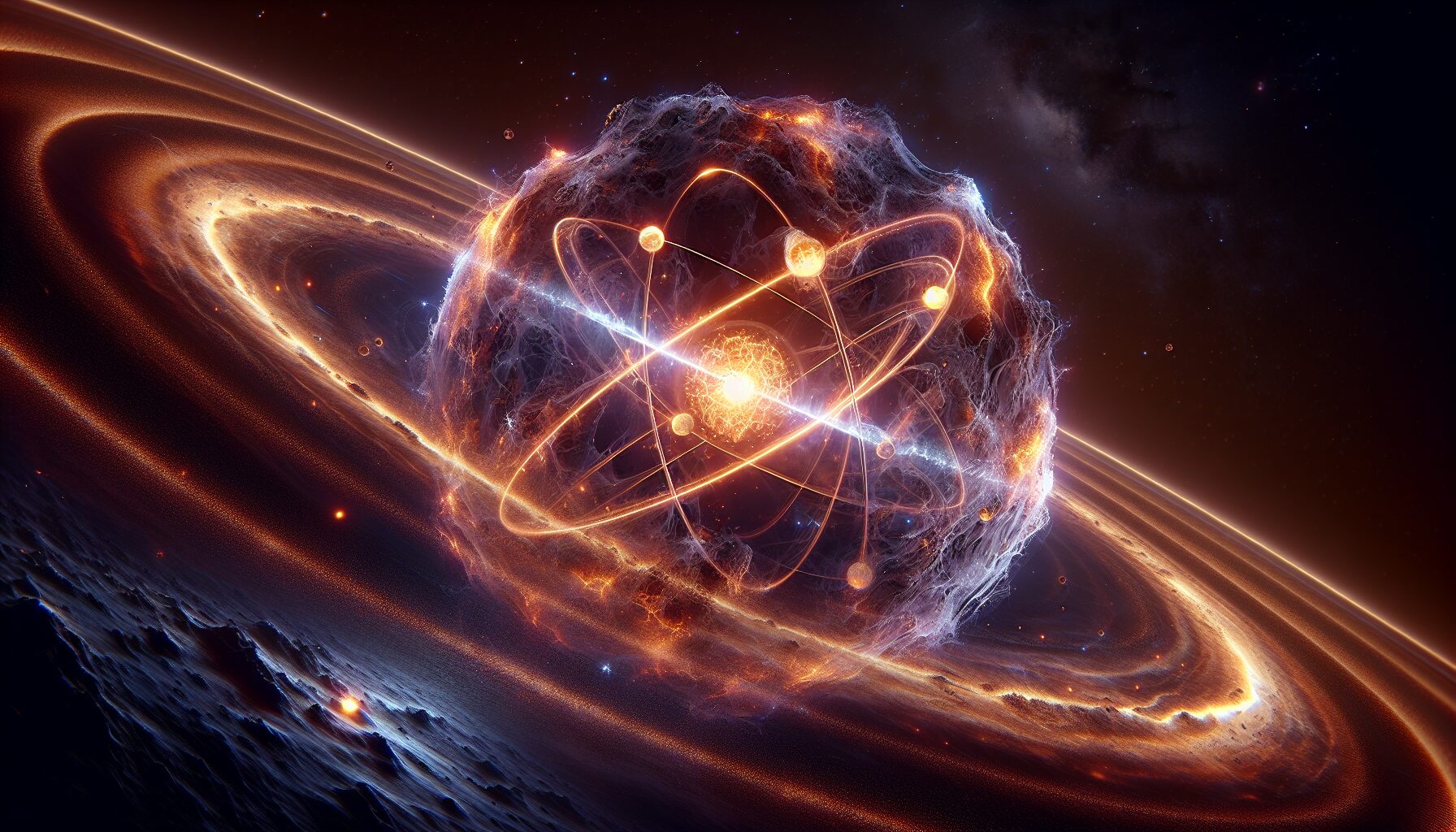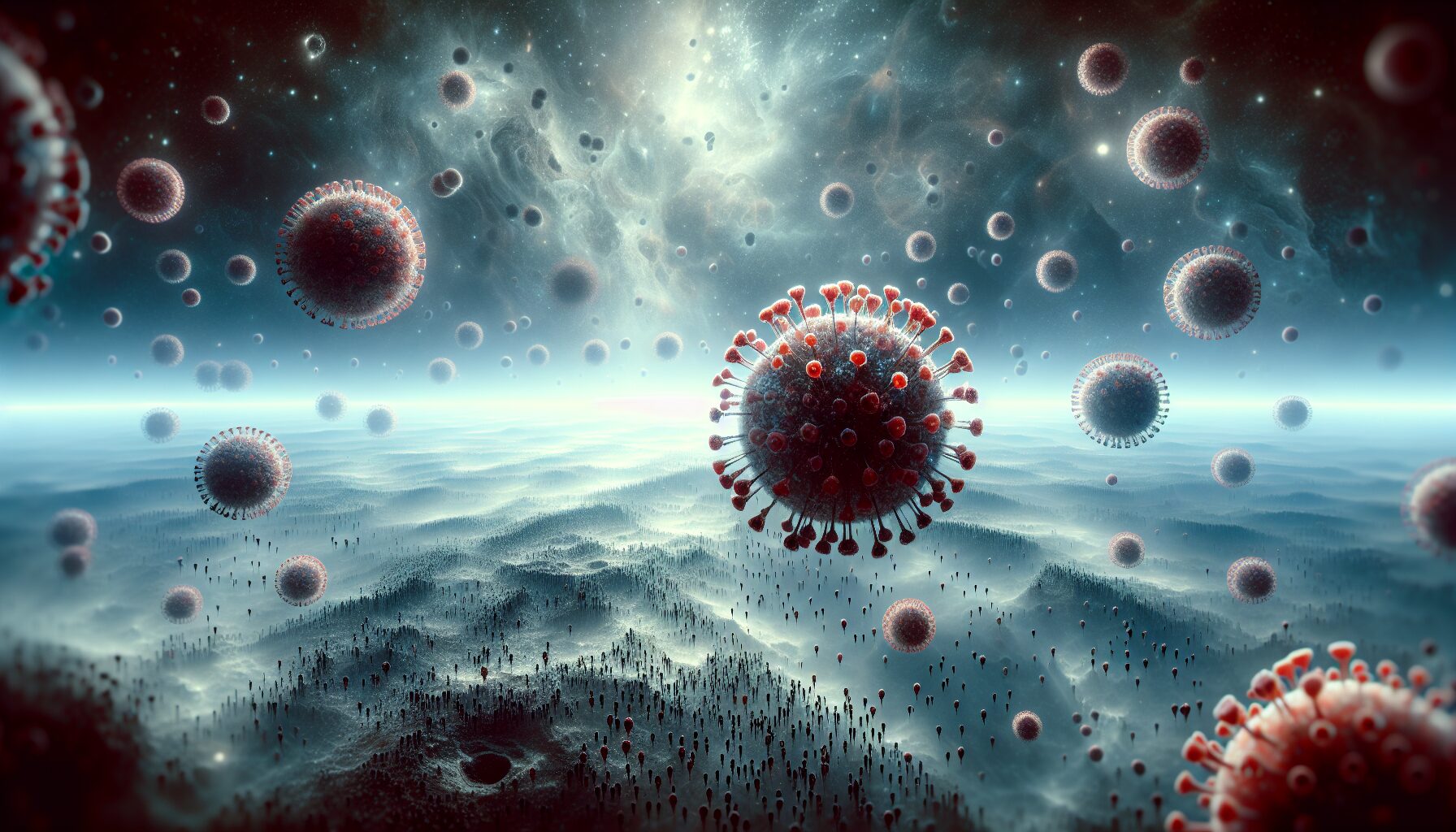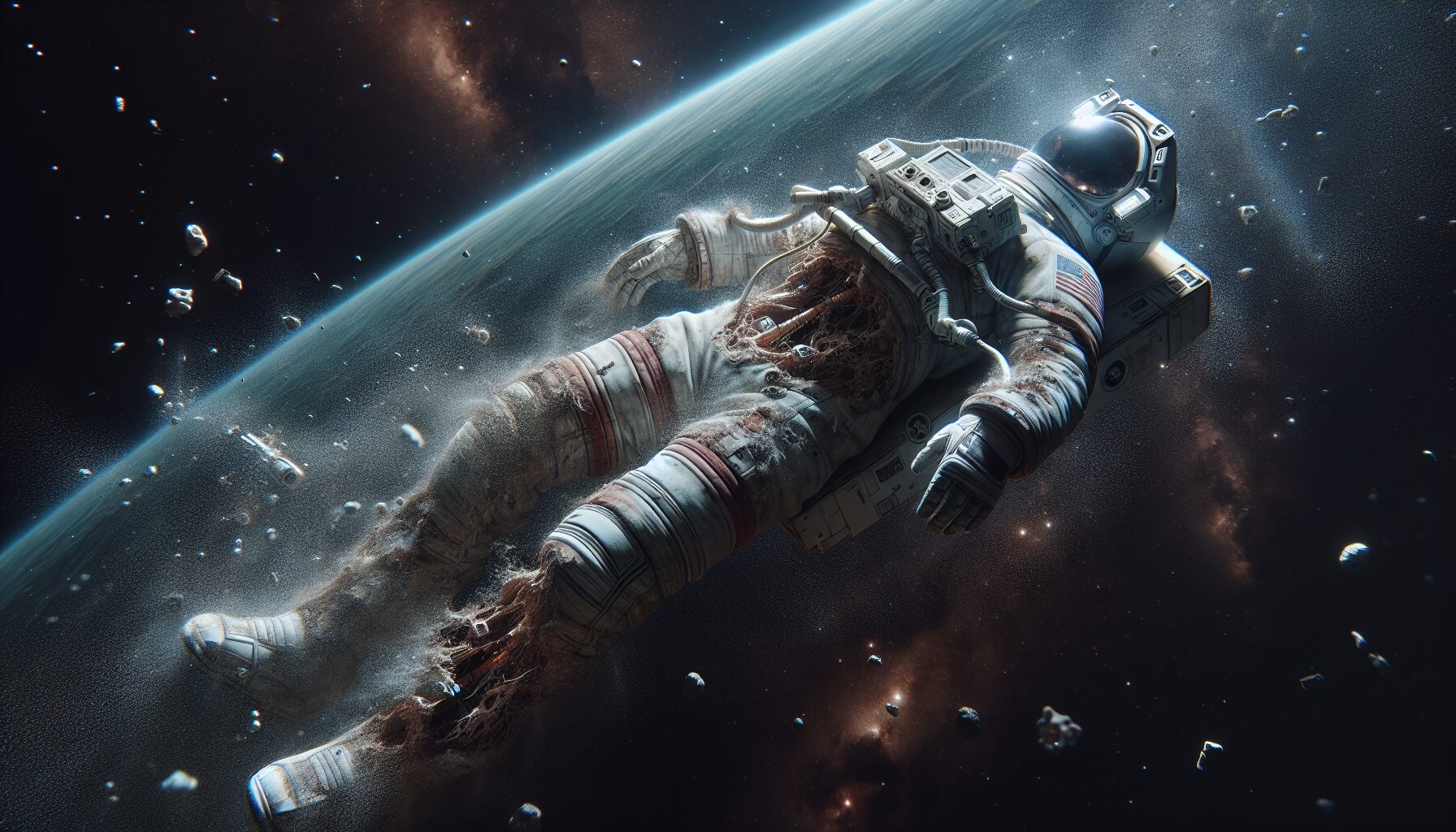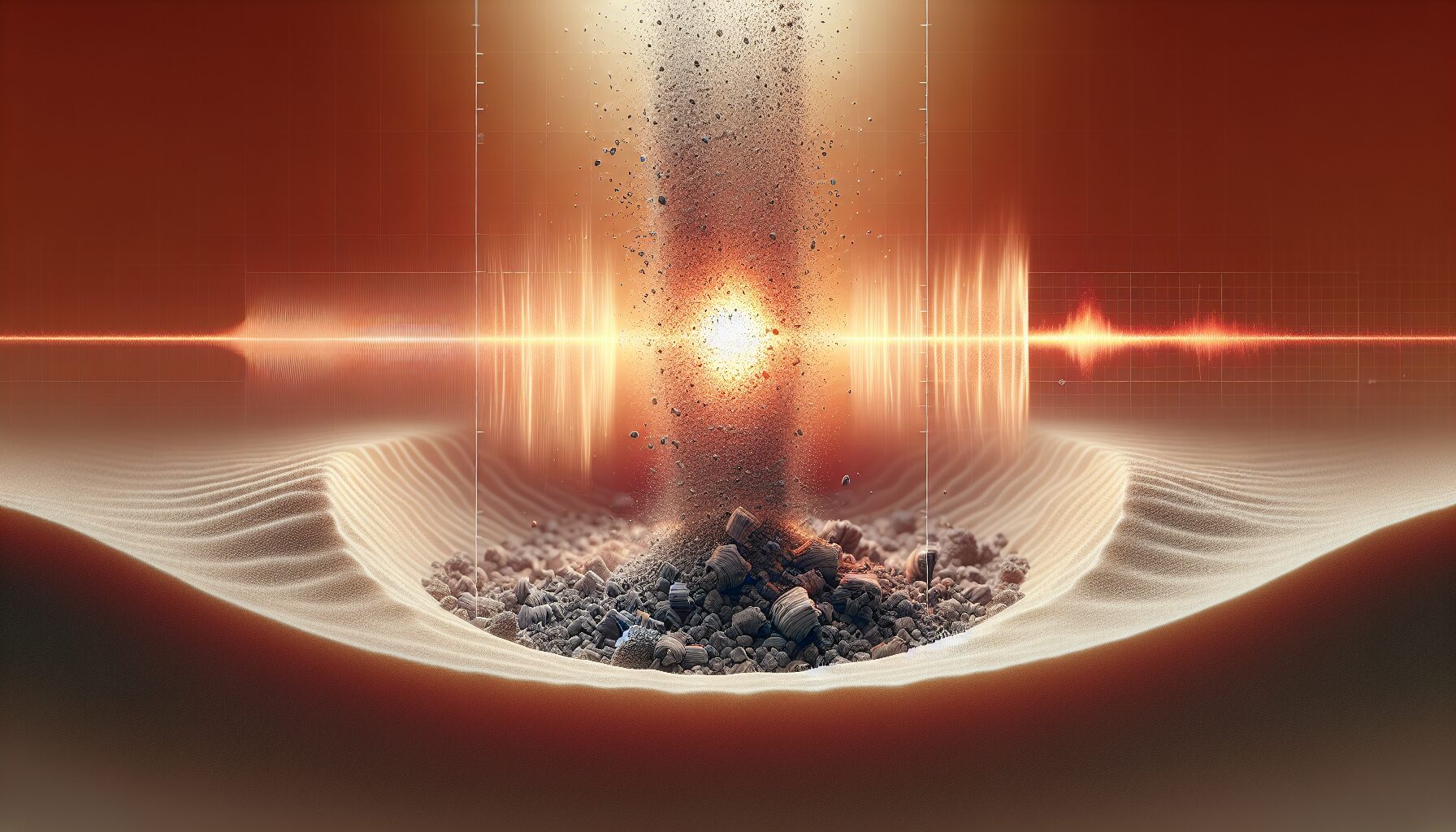In the realm of physics, every particle, every atom, is in a perpetual state of motion. This movement, a continuous dance among molecular structures, is what defines the very essence of life. When we think about life, we often associate it with sound, movement, and energy. Silence, therefore, can be viewed as an antithesis of life, and in an abstract sense, death can be perceived as the ultimate silence—the complete absence of vibration.
The Concept of Silence in Physics
Silence is commonly understood as a lack of audible sound. However, in physics, silence can be more precisely described as an absence of wave vibrations within a particular spectrum detectable by the human ear, typically between 20 Hz to 20 kHz. Yet, true silence in the physical universe is unachievable because, on a microscopic level, everything oscillates.
- At the atomic level, particles are in constant motion.
- Even at absolute zero, where classical physics taught us that motion stops, quantum mechanics shows us that particles still possess zero-point energy and continue to fluctuate.
Vibration and the Essence of Life
One could argue that vibration is the essence of life itself. Biologically, life is sustained through a series of vibrations and oscillations. The human heart beats due to electrical impulses causing heart muscles to contract. Our neurons communicate through the transmission of electrical signals—again, a form of vibration.
Thus, life can be conceived as a symphony of cellular vibrations and electromagnetic interactions that create the vibrant tapestry of living organisms. As Dr. Martin Blank of Columbia University elucidates, “Living cells are electromagnetic units… these electromagnetic forces within cells provide the energy needed for cell division, breathing and all life processes” (Biorepository, 2005).
Death and the Cessation of Oscillation
With death comes the cessation of these life-sustaining vibrations. When biological systems stop vibrating in their life-sustaining patterns, the organism ceases to live. Hence, death is frequently described as the “end of vibrations” within an organism’s biological framework.
“The energy of any system that is at rest, or dead, is a measure of the absence of energy swaps, of vibrations within and outside the system that characterize the living state” (The Nature of Life, Schrödinger, 1944).
As Schrödinger implies, while a deceased body may lie still, devoid of life’s energy exchanges, the particles themselves continue to resonate. This is what makes the concept of absolute silence—a complete systemic halt—near impossible.
Philosophical Perspectives on Silence and Death
From a philosophical lens, silence can be viewed as both daunting and profound. Many resonate with the idea encapsulated in the words of Aldous Huxley: “After silence, that which comes nearest to expressing the inexpressible is music.” Silence, in its purest form, challenges our understanding of existence and the universe which is inherently dynamic and vibrative.
Death, seen through this prism, is an ultimate, inevitable silence that humanity both fears and respects. Philosophers have long debated whether this silence is indeed a void or a transition to another state of being—a cessation of known vibrations but perhaps the beginning of an unknown frequency.
The Unachievable Silence of the Universe
As we expand our understanding of the universe, it becomes apparent that silence itself is paradoxical. While we can conceptualize and even seek silence, absolute silence is fundamentally unattainable. The universe is a tapestry of vibrations of varying magnitudes and frequencies, from the low rumble of cosmic microwave background radiation to the high-frequency chirps detected by LIGO from distant colliding black holes.
On Earth, while localized silences—such as anechoic chambers that absorb sound waves—can provide intense personal experiences of silence, it is but an illusion of the universal vibrations still happening just beyond those walls.
Conclusion
Ultimately, the physics of silence teaches us that life and death, vibration and quietude, are not absolute states but rather points along a continuum of motion and stillness. Death as the absence of vibration is in some sense a redirection rather than a termination. Understanding this concept bridges the gap between our existential ponderings and the tangible mechanics of the universe.
Thus, the silence that accompanies death is less an end and more a transformation—a shift in the cosmic vibrations from which we all, even temporarily, derive our existence.



